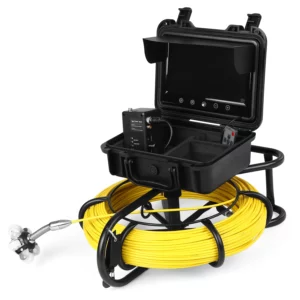Rent to Own – Why Many People Are Turning to the Lease Option
What is a Lease Option? Is it different than Rent to Own? Why would this be a good choice?
I am asked these questions regularly especially since the financial crisis of 2007-2008.
As we all are too well aware this crisis, also known as the Global Financial Crisis and 2008 Financial Crisis is considered by many economists to be the worst financial crisis since the Great depression in the 1930’s and has had a tremendously negative impact for many regions with the housing market suffering greatly, resulting in evictions, foreclosures and prolonged unemployment.
The US Senate’s Levin-Coburn Report asserted that the crisis was a result of “high risk, complex financial products; undisclosed conflicts of interest; the failure of regulators, the credit reporting agencies and the market itself to rein in the excesses of Wall Street”.
They also blamed the 1999 repeal of the Glass-Steagall Act which effectively removed the separation between investment banks and depository banks in the United States.
Regardless of what caused the collapse, or who’s to blame and why, we are now living in the aftermath and having to deal with an ever changing market and contradictory opinions on what is or is not happening in our marketplace.
Everyday citizens are having to navigate through the confusion and for many, home ownership seems like a faraway dream. That’s where Lease Options, also known as Rent to Own come in to play.
The Lease Option is a fairly straight forward process and works similarly to a car lease. Tenants pay a certain amount each month to live in the house and at the end of a set period, which is typically three years, they have the option to buy the house. A portion of each month’s payment is kept by the Seller and goes towards the down payment.
Both the seller and prospective buyer need to be very clear on the terms of the contract before entering into such an agreement. Renting to own has advantages and disadvantages for both parties. Before entering into an agreement both parties have to agree on a sale price* for the home as well as the amount of rent to be paid each month. Both parties have to remember that once the price is agreed to and written into the contract that price is final even if housing prices rise or fall during the time of the contract.
The tenants also have to pay an option fee and a rent premium. The option fee is a set amount that the renter pays the seller. If at the end of the lease period, the tenant/renter purchases the house the option fee becomes part of the down payment. If the tenant/renter does not purchase, the option fee is kept by the seller. Rent premiums are an amount slightly above the typical rent, with the premium also becoming part of the down payment should the tenant/renter purchase the home.
Here is an example using simple numbers for ease of calculation.
A Lease Option is signed for a home with an agreed upon sale price of $100,000.
The option fee is $5000.00.
The average rent is $1000.00 and the rent premium is $200.00.
The tenant/renter would then be paying $1200 per month with the premium of $200.00 being held by the Seller.
The Lease Option was for a term of three (3)years.
At the end of the term the tenant/buyer would have earned $7200.00 in rent credits $200/mth for 36 mths and add to it the option fee of $5000.00 for a total of $12,200 for the down payment of this house.
This is a valuable alternative for buyers who otherwise couldn’t acquire their own home because of a lack of traditional down payment, or who have little or no credit or even bad credit. However, if at the end of the contract the tenant/renter can’t or chooses not to buy the house, he or she forfeits the rent credits and option fee to the seller.
*As with any contract there are a number of factors that can be negotiated and as long as agreed to by all parties can be implemented.





